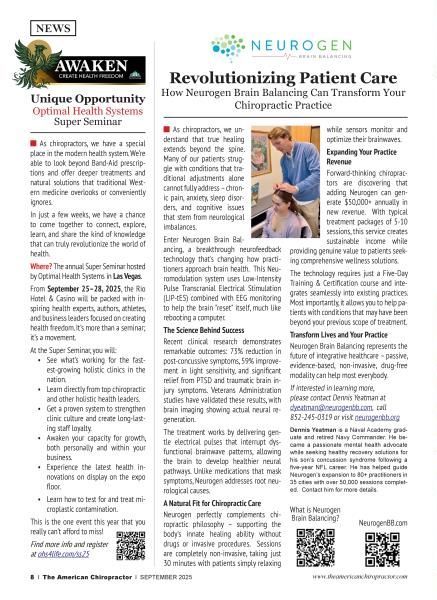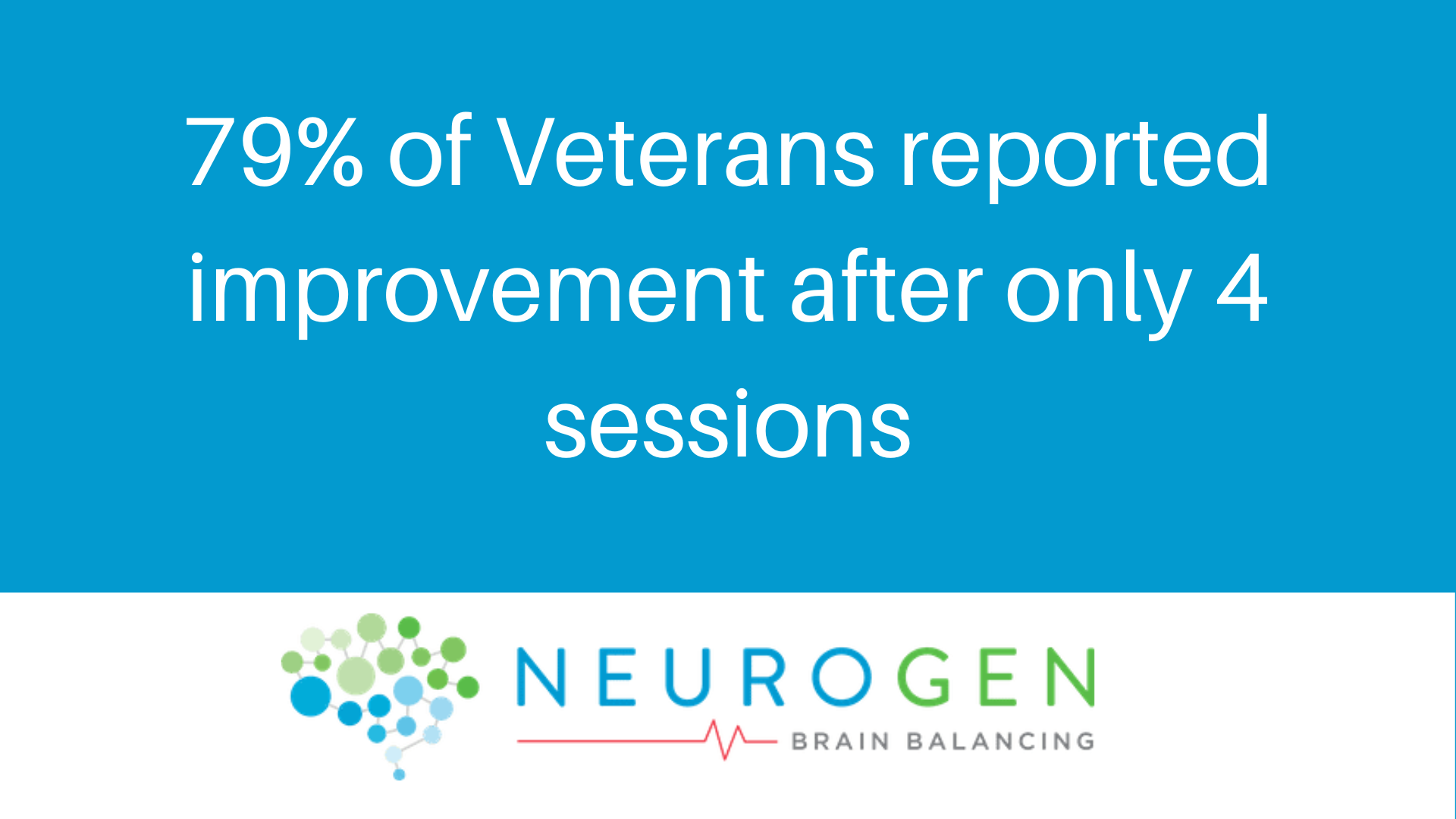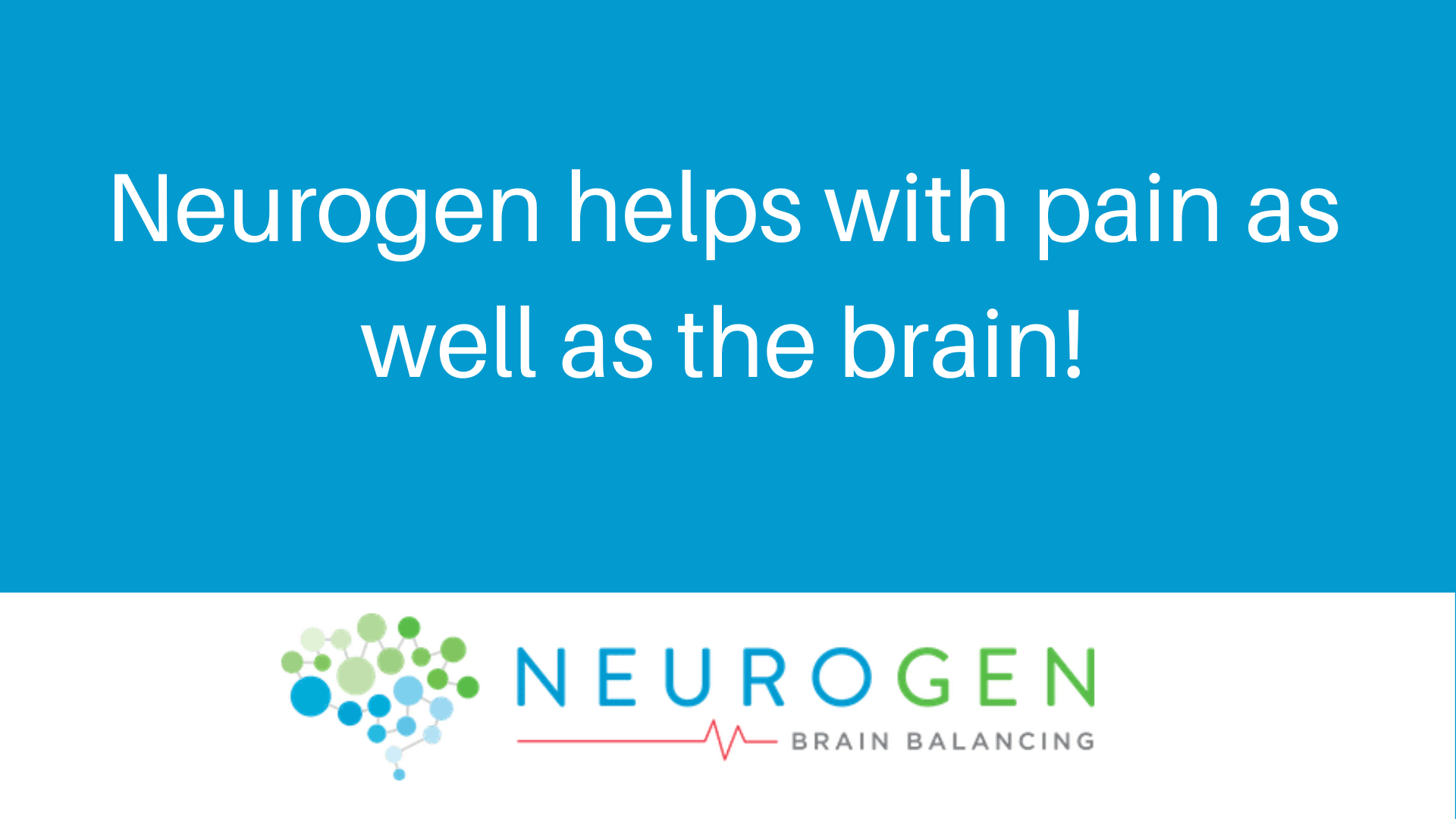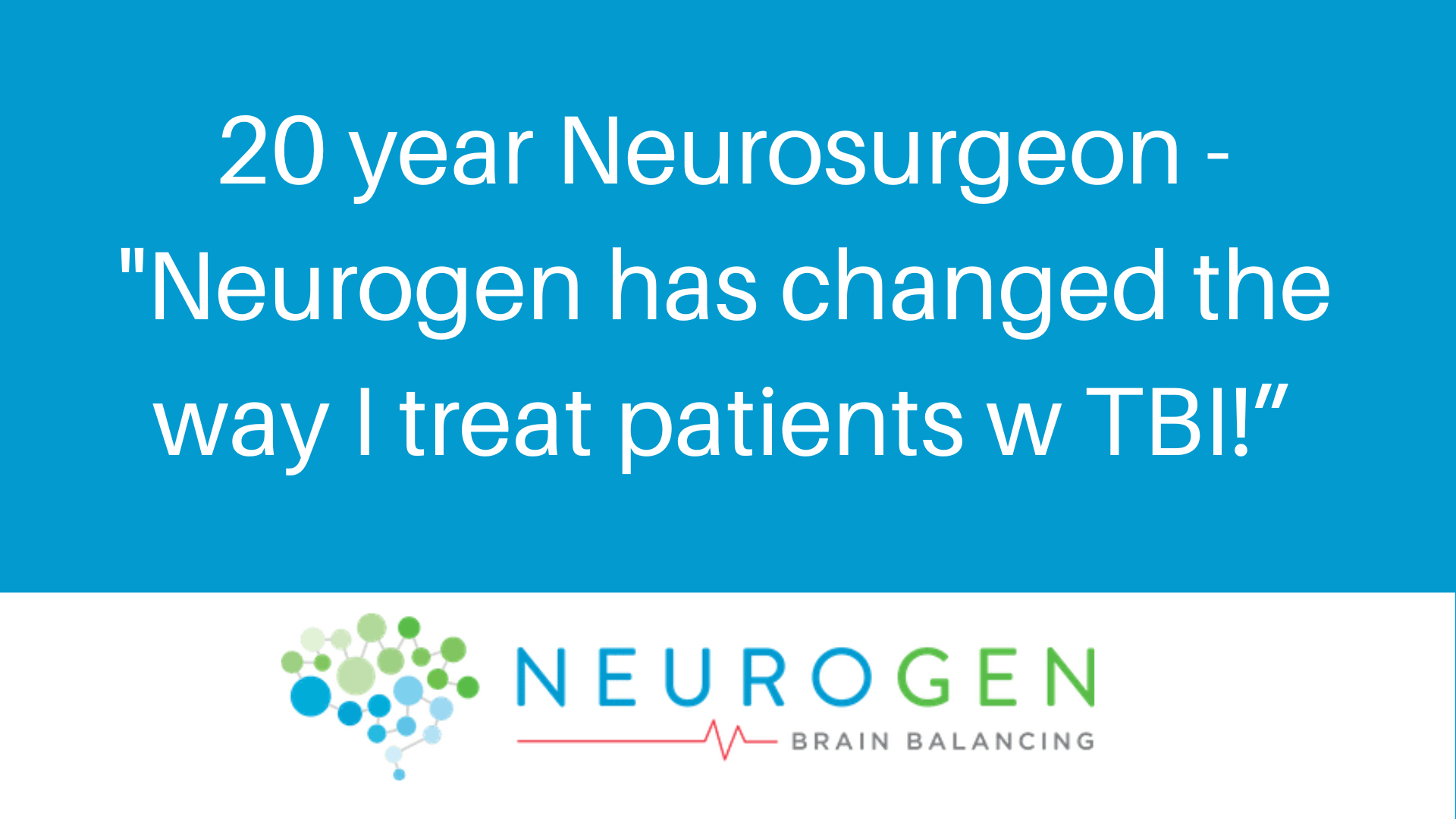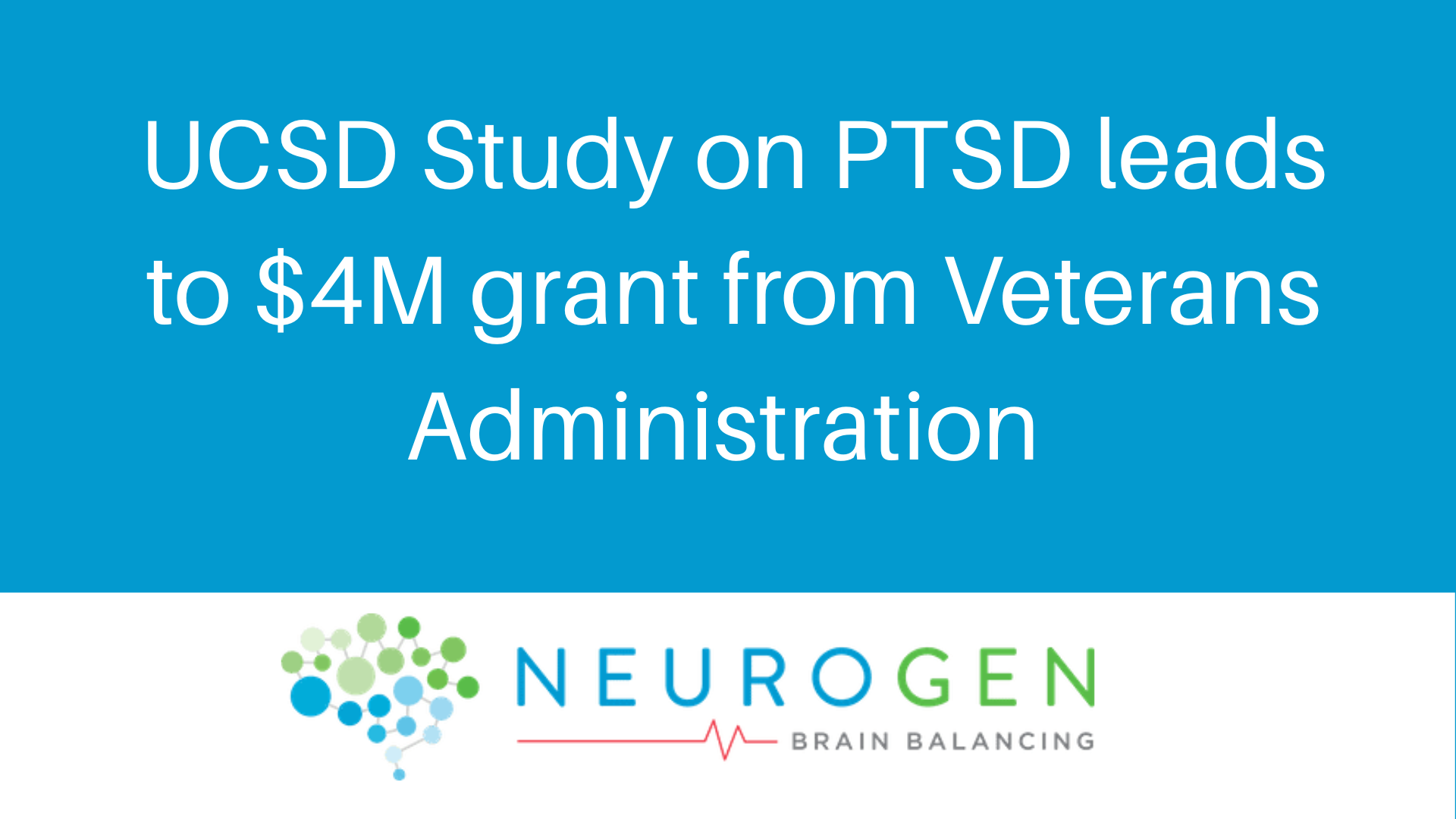What are Brain Waves?
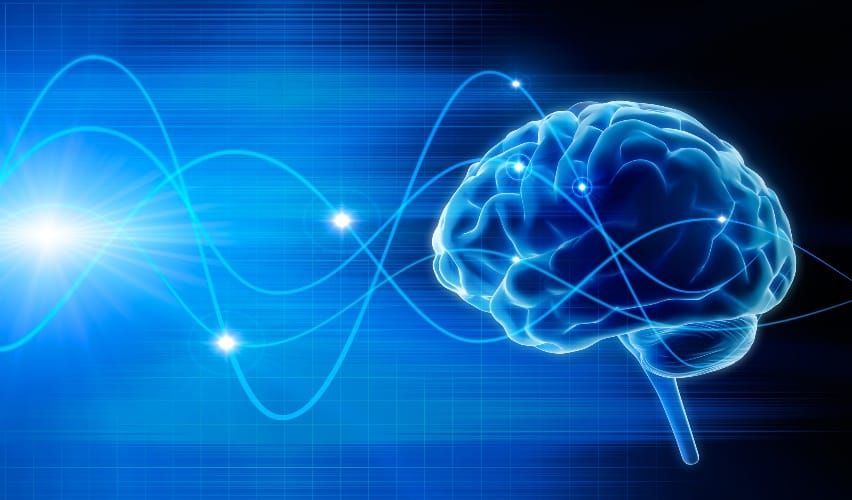
Brainwaves Change With Activity
There are five different types of brainwaves, ranging from low frequency to high frequency, that change based on what we are doing or thinking.
The lowest frequency are delta waves, which occur during the healing process, the regeneration of cells and dreamless, deep sleep. Theta waves are the present when your relaxed, meditating, and during the dream-state of sleep.


Interestingly, brain waves are remarkably similar across animal species. For example, gamma waves are found in the brains of cats when they are laser-focused, and stalking their prey. It’s the same for us. When we’re intently listening or concentrating on a complex problem, we’re using gamma waves.
Abnormal Brain Waves Are Linked to Brain Injury
When brain waves are imbalanced, we may experience various forms of mental, emotional, and neurological health problems. For example, over-arousal of certain parts of the brain can cause lack of focus, anxiety, or aggression, while under-arousal can lead to depression and chronic pain.
Findings reported in the journal Cerebral Cortex, documented abnormally high levels of gamma waves in veterans with chronic mild traumatic brain injuries (TBI’s) – symptoms included headaches, irritability, sleep disorders, memory lapses, slower thinking, and depression. Another study published in the journal Brain Injury, found abnormal slow delta waves in veterans with mild TBI’s.
Brain-stimulation Therapies Show Promise for Balancing Brain Waves
The brain, like any organ of the body, functions best when it is balanced and healthy. Noninvasive brain-stimulation therapies are a hot-topic of research showing promise to help regulate brain waves and optimize brain function. In the journal Neural Plasticity, a review of brain stimulation techniques reported them to be a promising therapeutic to modulate brain wave activity, promote cognitive enhancement, and minimize memory and learning deficits. Other findings, published in The Journal of Neuroscience, showed improvement in slow delta waves after brain stimulation, leading to improved sleep and memory consolidation in Alzheimer patients.
References:
“Promoting Sleep Oscillations and Their Functional Coupling by Transcranial Stimulation Enhances Memory Consolidation in Mild Cognitive Impairment”. Julia Ladenbauer, et al, The Journal of Neuroscience, July 26, 2017 • 37(30):7111–7124 • 7111
Veterans Affairs Research Communications. “Combat personnel with brain injuries pinpoints abnormal brain waves: Finding could help target brain-stimulation therapies.” ScienceDaily. ScienceDaily, 9 May 2019. <www.sciencedaily.com/releases/2019/05/190509153430.htm>.
Neural Plasticity. 2020 Feb 25;2020:4795267. doi: 10.1155/2020/4795267. eCollection 2020. “Memory and Cognition-Related Neuroplasticity Enhancement by Transcranial Direct Current Stimulation in Rodents: A Systematic Review.” Cavaleiro C1,2
https://www.mayoclinic.org/tests-procedures/eeg/about/pac-20393875
https://www.scientificamerican.com/article/what-is-the-function-of-t-1997-12-22/
In the middle are alpha waves that occur when your resting, visualizing or being creative. Beta waves are the second-highest frequency and usually occur when you are awake, alert and concentrating. At the top of the frequency spectrum are gamma waves that occur during the highest levels of focus and wakefulness.
Recent Posts



